_Location: Dordabis, Khomas Region, Namibia
_Company:
GREENinc Landscape Architecture and Urbanism | www.greeninc.co.za
_Collaborators:
Architect | Robertson Baker Lochner Architects
Consulting Engineer | Elwandle Consulting Engineers
Structural Engineer | Mott MacDonald
Artist | GOET Furniture and Design
Quantity Surveyor | Johnston and Rosser Quantity Surveyors
_Contractors:
Main | NMC Construction Namibia
Landscape | Countryline Africa
Plant procurement | Plantwise
_Year completed: 2016
_Text credits: GREENinc Landscape Architecture and Urbanism
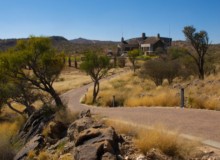
Dordabis, Khomas Region, Namibia
Photo: GREENinc Landscape Architecture + Urbanism
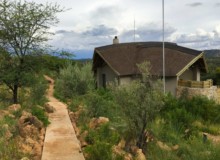
Dordabis, Khomas Region, Namibia
Photo: GREENinc Landscape Architecture + Urbanism
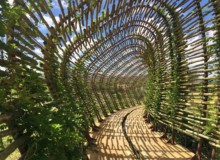
Dordabis, Khomas Region, Namibia
Photo: GREENinc Landscape Architecture + Urbanism
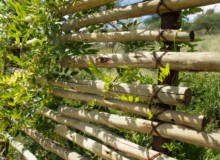
Dordabis, Khomas Region, Namibia
Photo: GREENinc Landscape Architecture + Urbanism
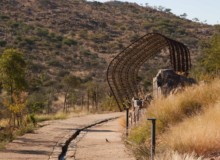
Dordabis, Khomas Region, Namibia
Photo: GREENinc Landscape Architecture + Urbanism
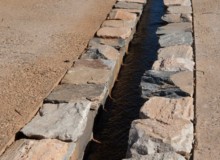
Dordabis, Khomas Region, Namibia
Photo: GREENinc Landscape Architecture + Urbanism
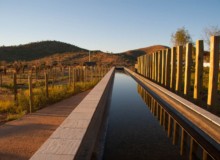
Dordabis, Khomas Region, Namibia
Photo: GREENinc Landscape Architecture + Urbanism
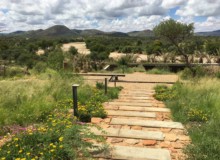
Dordabis, Khomas Region, Namibia
Photo: GREENinc Landscape Architecture + Urbanism
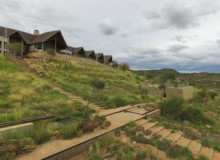
Dordabis, Khomas Region, Namibia
Photo: GREENinc Landscape Architecture + Urbanism
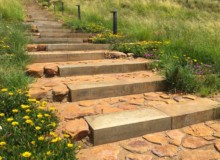
Dordabis, Khomas Region, Namibia
Photo: GREENinc Landscape Architecture + Urbanism
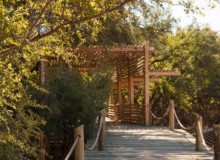
Dordabis, Khomas Region, Namibia
Photo: GREENinc Landscape Architecture + Urbanism
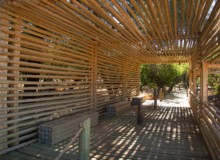
Dordabis, Khomas Region, Namibia
Photo: GREENinc Landscape Architecture + Urbanism
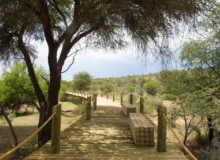
Dordabis, Khomas Region, Namibia
Photo: GREENinc Landscape Architecture + Urbanism
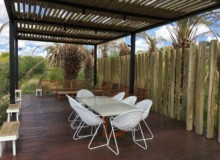
Dordabis, Khomas Region, Namibia
Photo: GREENinc Landscape Architecture + Urbanism
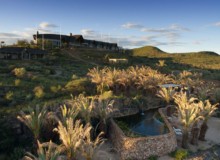
Dordabis, Khomas Region, Namibia
Photo: GREENinc Landscape Architecture + Urbanism
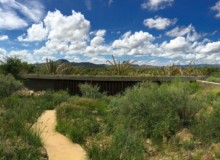
Dordabis, Khomas Region, Namibia
Photo: GREENinc Landscape Architecture + Urbanism
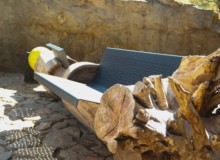
Dordabis, Khomas Region, Namibia
Photo: GREENinc Landscape Architecture + Urbanism
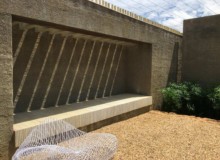
Dordabis, Khomas Region, Namibia
Photo: GREENinc Landscape Architecture + Urbanism
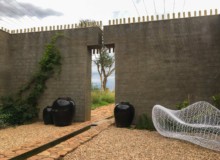
Dordabis, Khomas Region, Namibia
Photo: GREENinc Landscape Architecture + Urbanism
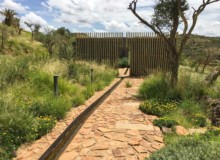
Dordabis, Khomas Region, Namibia
Photo: GREENinc Landscape Architecture + Urbanism
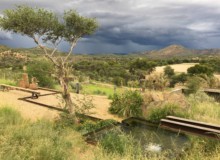
Dordabis, Khomas Region, Namibia
Photo: GREENinc Landscape Architecture + Urbanism
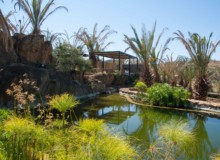
Dordabis, Khomas Region, Namibia
Photo: GREENinc Landscape Architecture + Urbanism
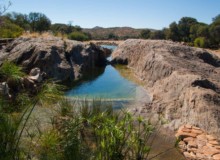
Dordabis, Khomas Region, Namibia
Photo: GREENinc Landscape Architecture + Urbanism
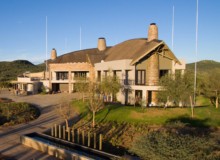
Dordabis, Khomas Region, Namibia
Photo: GREENinc Landscape Architecture + Urbanism
Project Description
Poised against the dramatic geology and hilled environment of the Namibian plateau, the gardens of the Marula Game Ranch residence overlook (and find their root in) the meandering bends of the Schaap River that skirts its edge.
Rather than cover an already beautiful hill with endless lush and “exotic” gardens, a more restrained approach was applied when considering the design. The principal strategy behind the landscape is a linear navigation route informed by the idea of a charm bracelet. The metaphor of the bracelet is represented as a primary route or chain that links the residence and the river, with secondary elements/jewels that adorn the central route/chain.
The design focused on the charms of the bracelet (moments scattered along the main navigation routes) providing respite from the harsh environment. These include arched walkway structures, curiosity courtyards, deep rock pools and terraced spaces that replicate the rocky ridges and open riverbed that characterise the site. Courtyard structures were designed to provide cool retreat and depth of shade from the desert heat while providing protection to plants from cold winter winds. Pathways and structures alike are respectfully designed and sculpted to fit around and into existing rocks and trees, treading lightly in places while solidly grounding themselves in others.
The approach to materials is simple and layered, mimicking textures of the immediate environment while providing a backdrop to the delightful play of shadow and light that bring life to each of the spaces.
The 150,000 plants (sourced from across South Africa) were selected based on their ability to survive the climatic extremes of the site and were added to the existing base of grasses and flowering annuals. Across a site of 30 hectares, these individual plants were arranged along movement lines to add colour and texture through the changing seasons.



